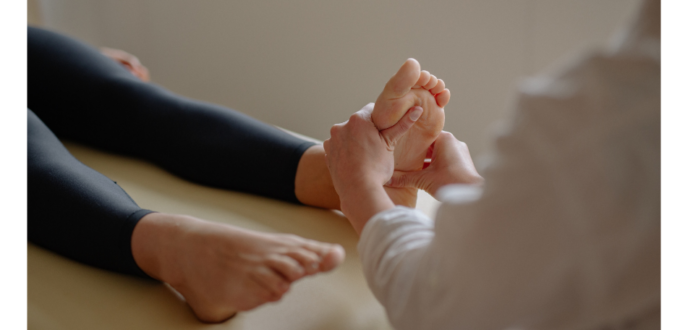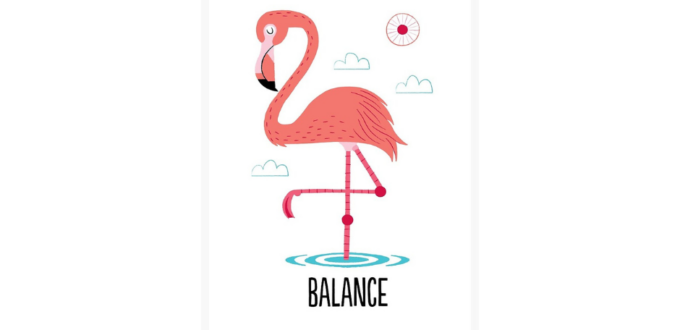Feet play a critical role in balance, mobility, and overall stability, especially as we age. Here’s why they matter so much—and how they can impact balance:
1. Foundation of the Body
Feet are literally our foundation. Each foot has 26 bones, 33 joints, and over 100 muscles, tendons, and ligaments, all working together to support movement and posture. When something’s off—sensation, pain, other abnormalities—it can affect everything from the knees to the hips and back, throwing off balance.
2. Sensory Feedback and Proprioception
Feet have a high concentration of nerve endings that provide sensory feedback to the brain about body position—this is known as proprioception. As we age, these nerve signals may slow or diminish (especially in conditions like diabetes and neuropathy), reducing our ability to detect shifts in terrain or posture—making falls more likely.
3. Muscle Strength and Flexibility
The small muscles in the feet and ankles contribute to adjusting weight distribution and stabilizing the body. Weakness in these muscles can result in unsteady gait, poor posture, and a higher risk of tripping or losing balance.
4. Changes with Age
As we age, common foot-related issues may arise but we can make changes and modifications to make the best of it:
- Reduced fat padding, leading to discomfort while walking.
- Arthritis, causing stiffness or pain in foot joints.
- Poor circulation, which can lead to cold or numb feet.
- Deformities (bunions, hammertoes) that affect walking mechanics.
5. Footwear Matters
Improper shoes—too narrow, too loose, or lacking support—can greatly impair balance. As people age, shoes that once worked may no longer provide the needed support or traction.
Ways to Improve Foot Health for your Balance
- Daily foot exercises (toe curls/scrunches, toe spreads ( spread your toes wide apart), walking around your house barefoot, practicing standing on one leg and tandem stance for balance
- Proper footwear (supportive, non-slip soles, good arch support, ideally having a back to them)
- Regular foot exams—especially for those with diabetes, neuropathy, or circulation issues. Check for any cuts, swelling, discoloration, changes in sensation.
- Stretching and strengthening the lower legs and ankles – can do calf stretches and ankle circles, sit to stands, heel and toe raises etc.




